In the world of modern electronics, reliable and efficient power delivery is at the core of system performance. Whether you're designing for industrial automation, consumer electronics, or IoT edge devices, selecting the right power architecture is vital to ensuring your microcontroller or processor operates at its best.
This article provides a practical overview of common power topologies—linear regulators, buck, boost, buck-boost, and SIMO converters—and explores how to evaluate them based on application needs, efficiency, space constraints, and design complexity.
Why Core Voltage Stability Matters
Before diving into circuit topologies, it’s important to understand why stable core voltage is crucial for any microcontroller or processor-based system:
Consistent Performance: Unstable voltage can lead to crashes or erratic behavior.
Energy Efficiency: A tightly regulated voltage minimizes energy waste.
Longer Lifespan: Reduces component stress and premature aging.
EMC Compliance: Cleaner power delivery helps meet electromagnetic compatibility requirements.
Noise Immunity: Stable supply protects against external electrical disturbances.
Power Topologies in Focus
1. Linear Regulators (LDOs)
Linear regulators, such as the ADP7142, are simple and low-noise solutions ideal for low-current applications. They provide a fixed output voltage by dissipating excess energy as heat. While they’re space-efficient and easy to implement, their efficiency drops significantly under high load or when input voltage greatly exceeds output.
√ Pros:
Low noise
Simple design
Fast transient response
× Cons:
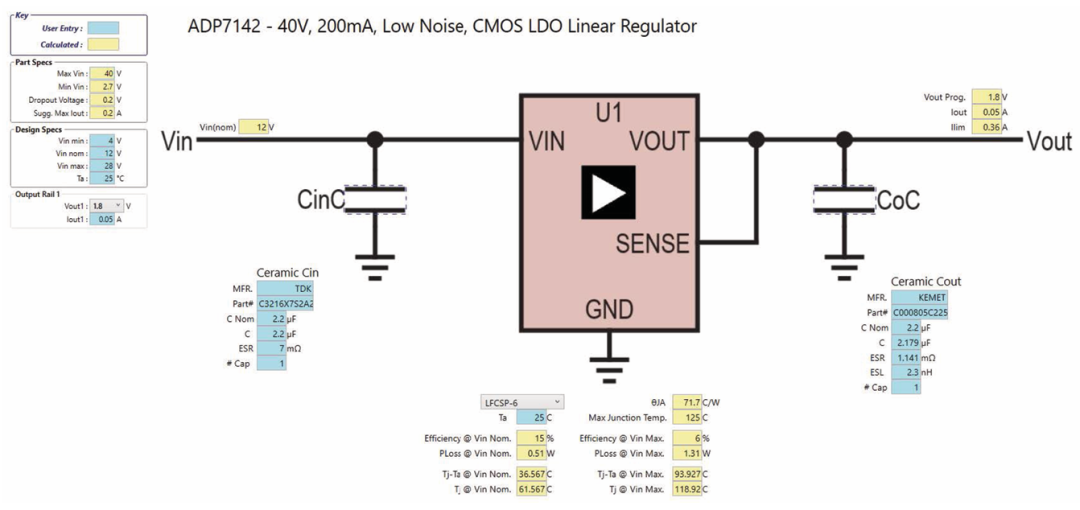
2. Switch-Mode Power Supplies (SMPS)
Switching regulators are the go-to choice for powering processors due to their superior efficiency. They work by rapidly switching power transistors on and off, using inductors and capacitors to transfer and regulate energy.
Let's look at the key SMPS topologies:
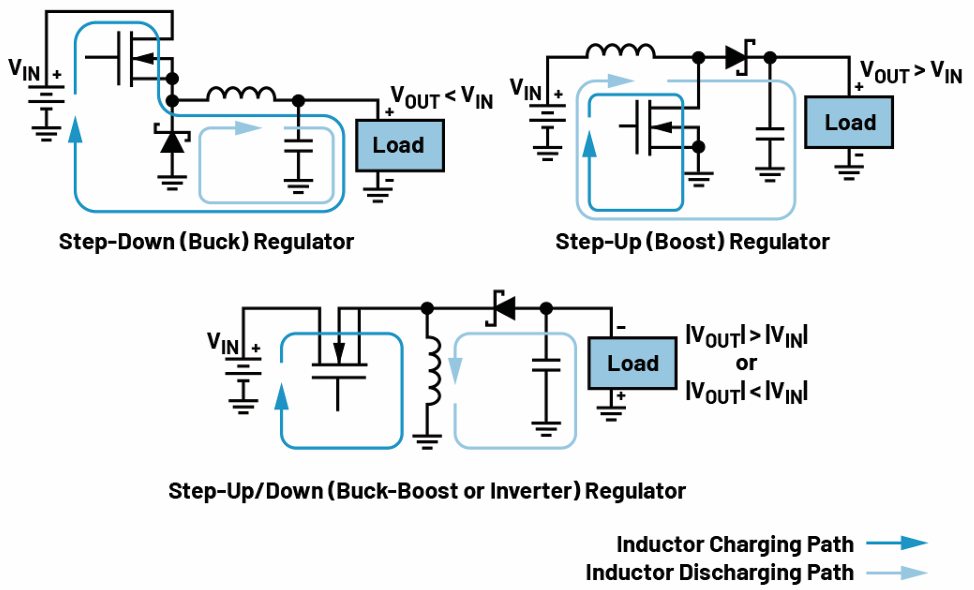

• Buck Converters (Step-Down)
Buck converters, such as the LT8631, reduce a higher input voltage to a stable lower output (e.g., from 12 V to 3.3 V). These are efficient and widely used in embedded systems.
√ Efficient at high loads
√ Lower thermal footprint
× Requires careful PCB layout and filtering
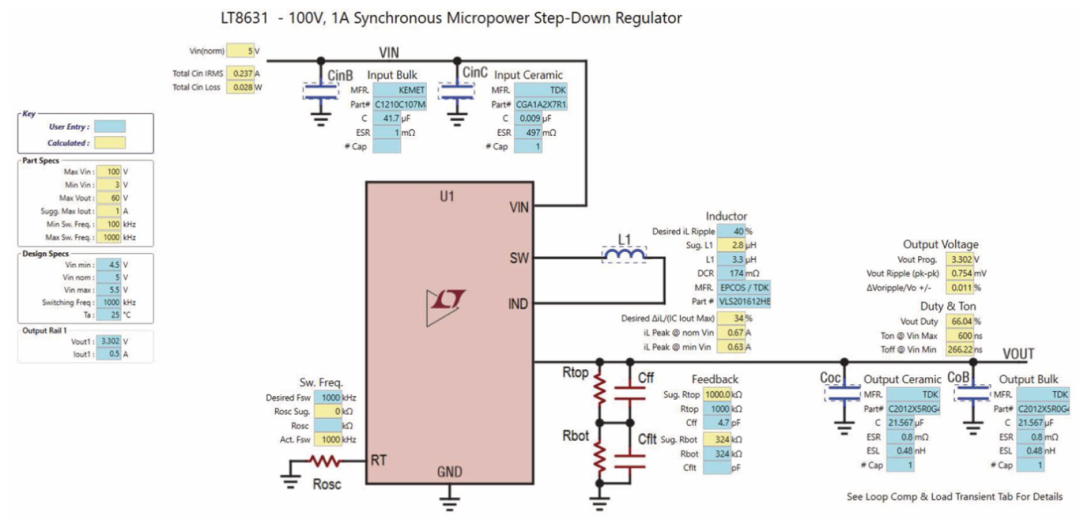
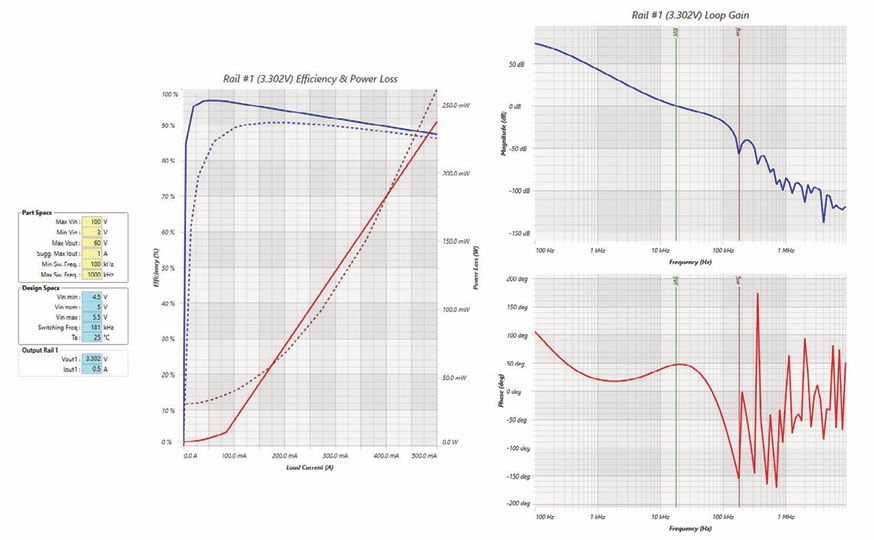
• Boost Converters (Step-Up)
Used when the required output voltage is higher than the input—common in sensor biasing or analog subsystems. For example, the LT8336 boosts input to 24 V for high-precision analog circuitry.
√ Compact way to raise voltage
× Noise and stability can be issues
× Less common for core powering

• Buck-Boost Converters
When input voltage may fluctuate above or below the desired output, buck-boost converters (like the LTC3114-1) ensure consistent delivery. Essential for battery-powered systems with dynamic input levels.
√ Versatile for variable inputs
√ Stable output under fluctuating conditions
× More complex design and control

• SIMO Converters (Single Inductor Multiple Output)
A SIMO converter, like the MAX17270, provides multiple regulated outputs using only one inductor, making it ideal for space-constrained applications.
√ Space-saving
√ Energy-efficient multi-output design
× More complex timing and control logic
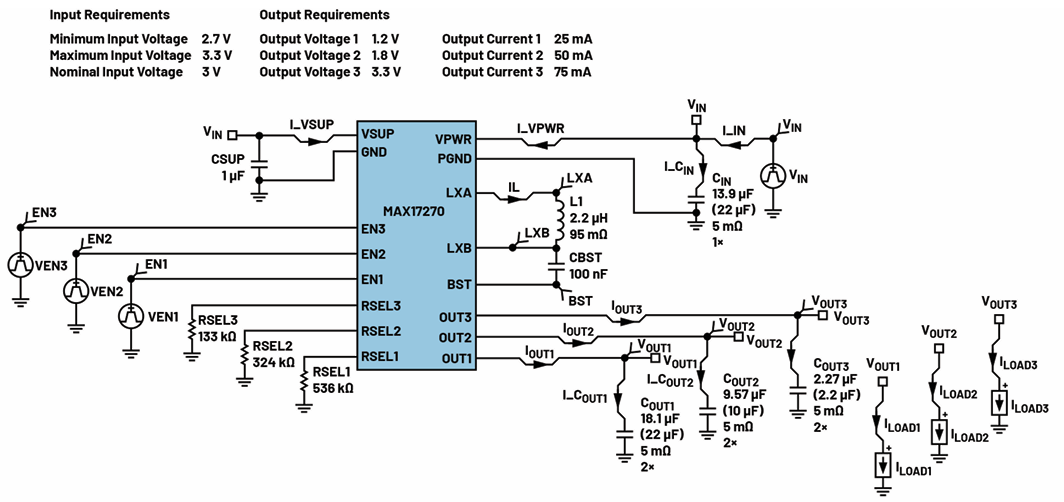
Key Selection Criteria
To pick the right power architecture, consider the following:
Factor | Why It Matters |
Efficiency | Affects heat, battery life, and regulatory compliance |
Input Voltage Range | Must match real-world power supply conditions |
Output Voltage Stability | Essential for MCU/MPU reliability |
Form Factor | Critical in compact designs like wearables or portable tools |
Cost Constraints | LDOs for budget builds, SMPS for high-performance |
EMC Considerations | Especially important in medical or RF environments |
Load Transients | Can your regulator handle sudden power surges? |
Environmental Conditions | Noise, temperature, and vibration may impact choice |
Practical Tips for Implementation
Once you've selected a topology, optimize your power design with these best practices:
Choose Quality Components: Use high-performance inductors, capacitors, and FETs.
PCB Layout Matters: Minimize loop areas and use solid grounding techniques.
EMI Filtering: Add input/output filters to suppress noise.
Thermal Design: Add heatsinks or vias where heat dissipation is needed.
Protection Circuits: Include OVP, UVP, and OCP to protect sensitive processors.
Validate Thoroughly: Test under real operating loads, including edge cases.
Conclusion
The choice of power topology can make or break your embedded system's performance. From low-noise LDOs to space-efficient SIMO converters, each topology has trade-offs. By understanding how each option works and evaluating it against your application’s needs, you can design systems that are not only functional but also power-optimized, compact, and robust.
A well-chosen and well-executed power strategy ensures your microcontroller or processor performs reliably under real-world conditions—making it the unsung hero of system success.


 MCU Solutions
MCU Solutions PCBA Solutions
PCBA Solutions Bluetooth Solutions
Bluetooth Solutions
 FAQ
FAQ Contact Us
Contact Us
 Company News
Company News Technology News
Technology News Industry News
Industry News PCBA News
PCBA News
 Company Profile
Company Profile Certificates
Certificates Terms & Conditions
Terms & Conditions Privacy Statement
Privacy Statement
 Home Appliances
Home Appliances Beauty Appliances
Beauty Appliances Lighting
Lighting Kid's Toys
Kid's Toys Security Alarm
Security Alarm Health Care
Health Care









 More information?
More information?






